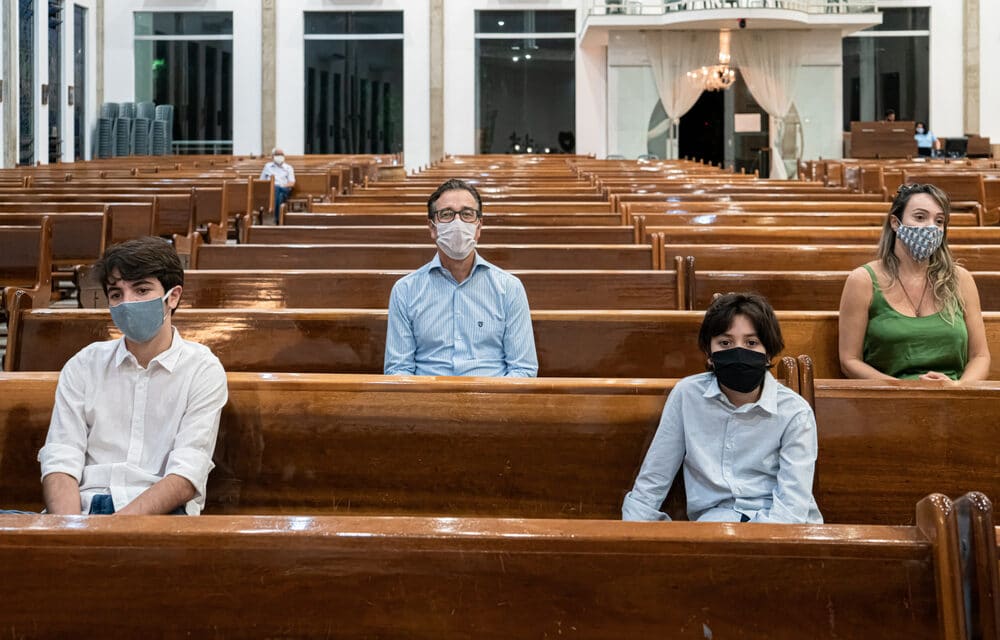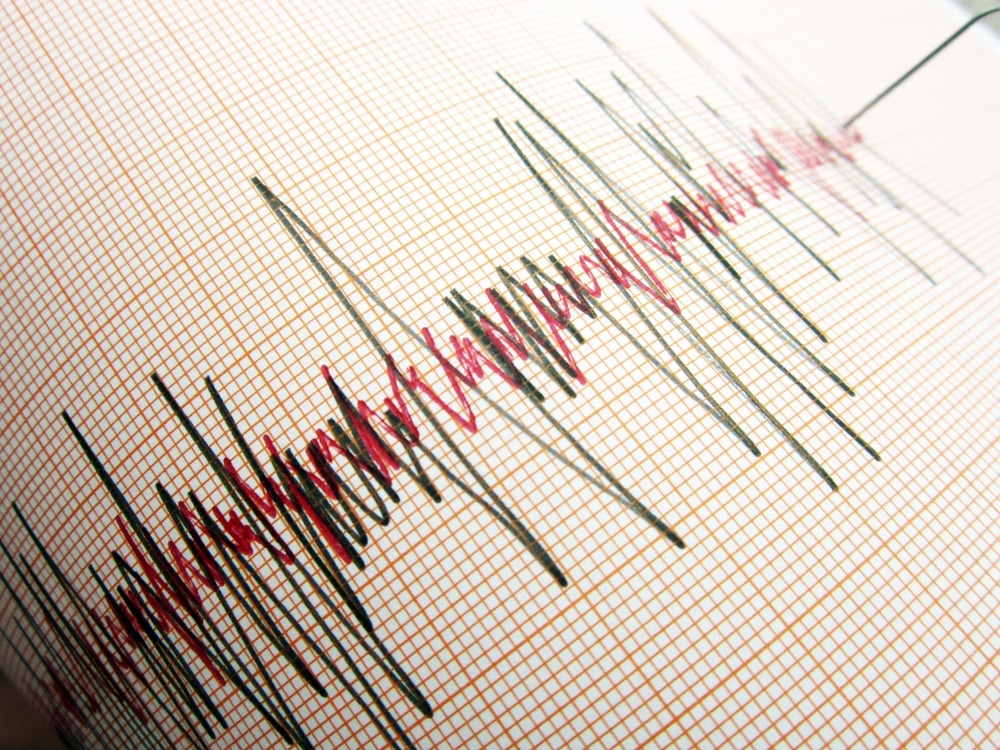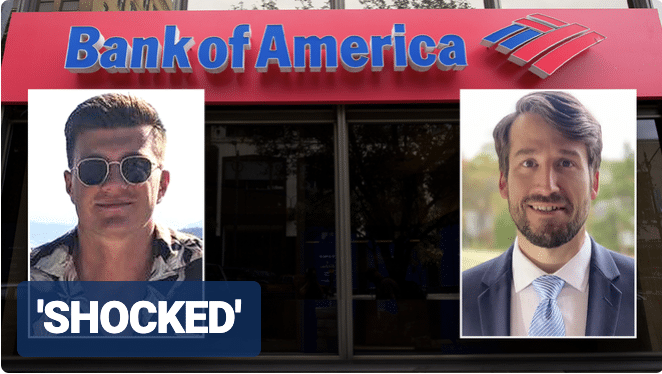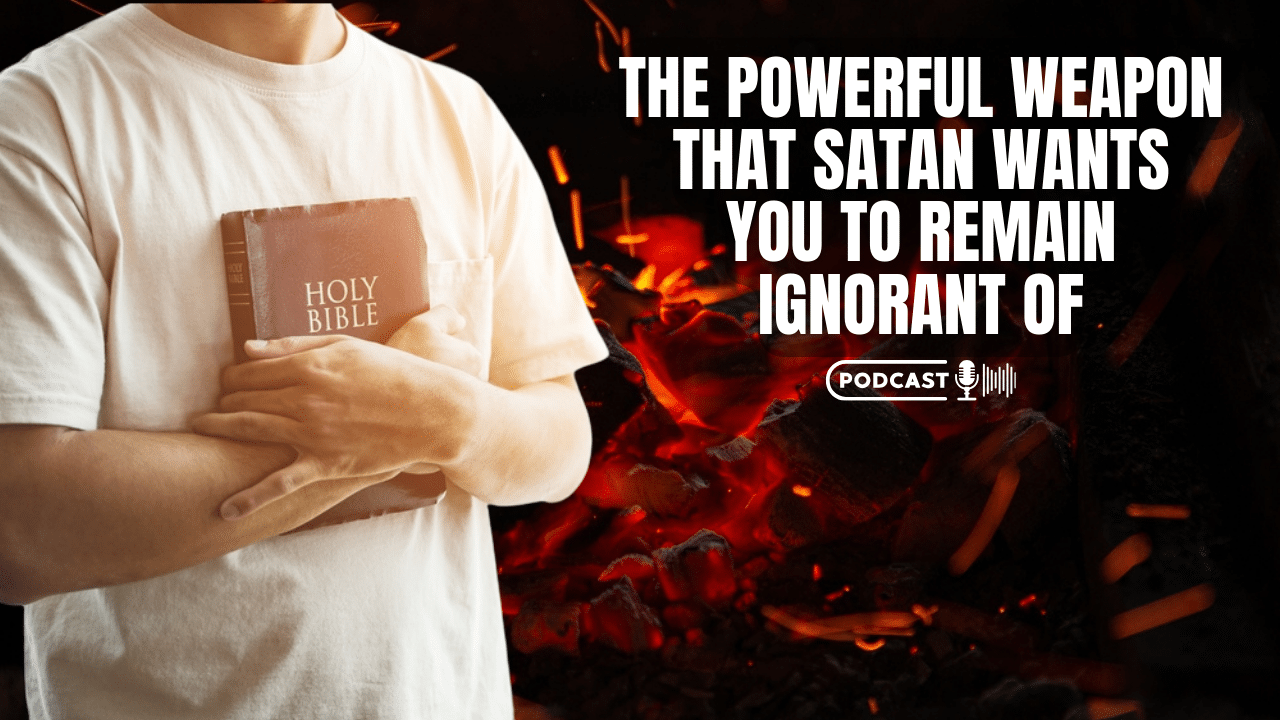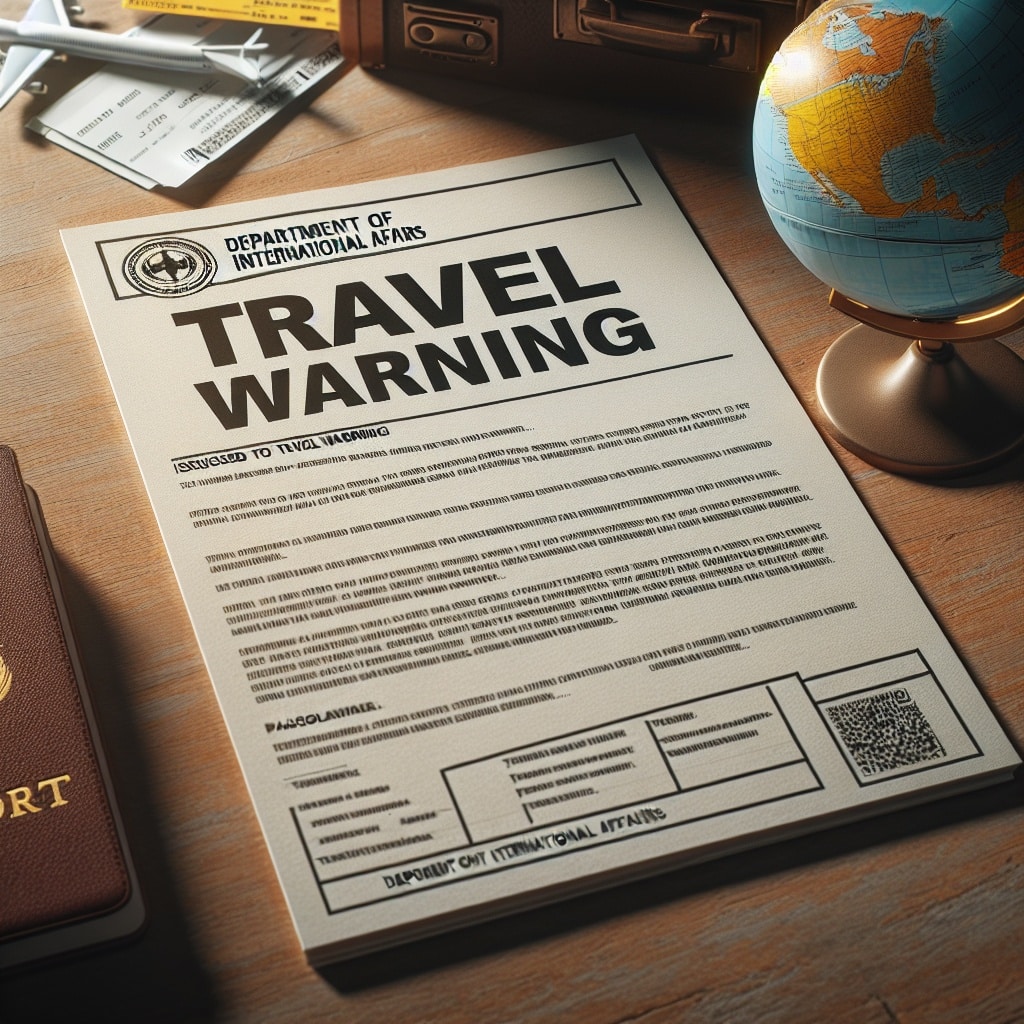(OPINION) As the Wall Street Journal reported recently, Americans continue to leave religion behind in large numbers. According to Pew Research, the percentage of American Christians has fallen about 12% over the last ten years, from 75% in 2011 to around 63% today.
The number who pray every day is even lower, at 45%. The demographic rising in its place are the so-called “nones,” those who identify religiously as “nothing in particular.” This group grew to about 20% of the US population in 2021, up from 16% in 2017. The surprising thing here isn’t that Americans are leaving organized religion behind.
That’s been happening at about the same rate for a while now. However, it is newsworthy that this trend continued unabated in the face of a global pandemic. Historically, catastrophic events that bring uncertainty, stress, or political chaos tend to draw people to reconsider faith.
In this sense, ours is in sharp contrast with other historic moments, such as World War II, the assassination of JFK, and the Gulf War. More recently, 9/11 brought a flood of Americans back to church and, although the trend wasn’t permanent, those who lived through it remember a renewed sense of unity and commitment to spiritual activities such as prayer.
Of course, other moments were deeply divided along religious lines. America’s war in Vietnam is a good example. While overall church attendance remained steady, Vietnam represented what some have called “a ripping of the nation’s religious fabric.” Mainline churches, in particular, posted significant losses about this time.
As the Washington Post reported in 1982, the United Presbyterian, Episcopal, and United Church of Christ lost 21%, 15%, and 11% of their membership respectively in the previous decade. The fact that certain crises inspire unity, and others division, likely says more about the state of the culture affected than the crisis affecting it.
The Covid pandemic has only further ignited the rift created by America’s massive political and ideological differences, and further shaken religious loyalties. In the 1970s, people reacted to the cultural upheaval by changing religious affiliations. Today, people are dropping their religious identities altogether.
Of course, one reason that Americans didn’t flock to churches was many were closed. Still, even after Churches adapted, attendance took a hit. In June 2020, even though 96% of pastors said they offered live streaming services, Barna reported that just 48% of otherwise regular attendees were tuning in. Today, even with Sunday morning services available nearly everywhere, in-person attendance is still between 30-50% lower than before the pandemic. READ MORE

